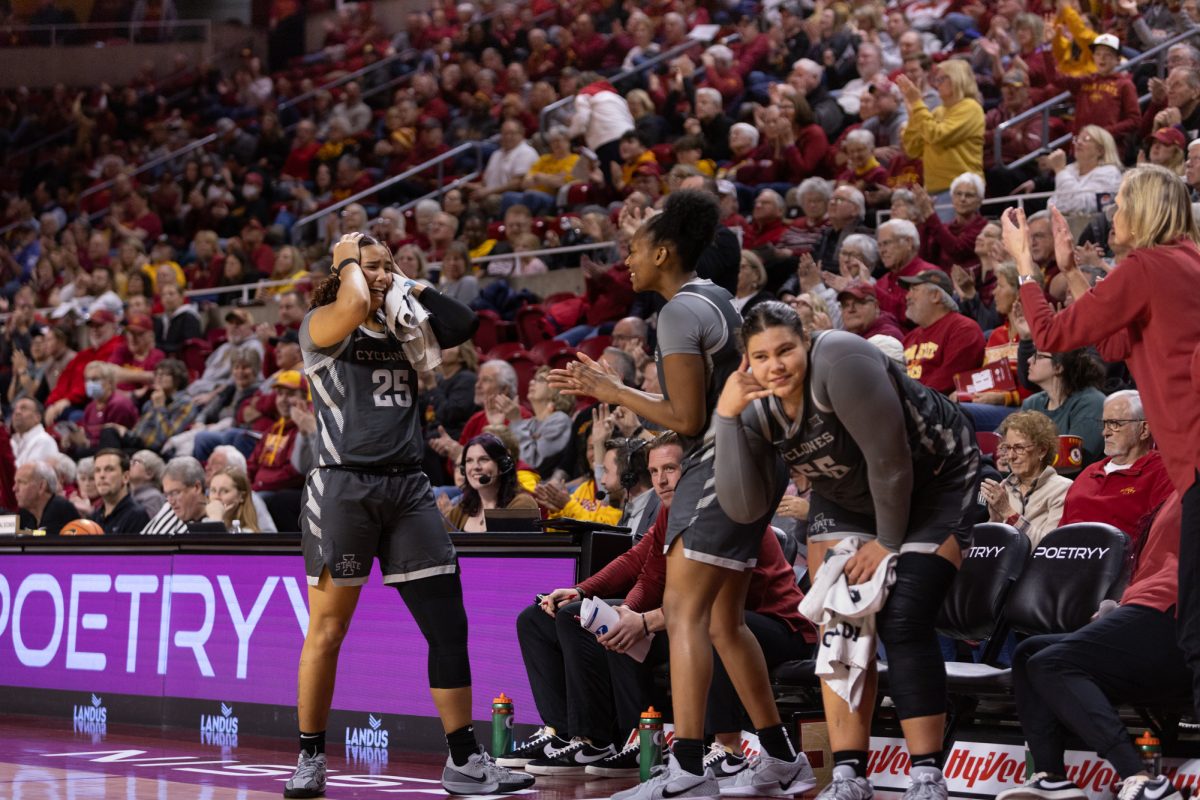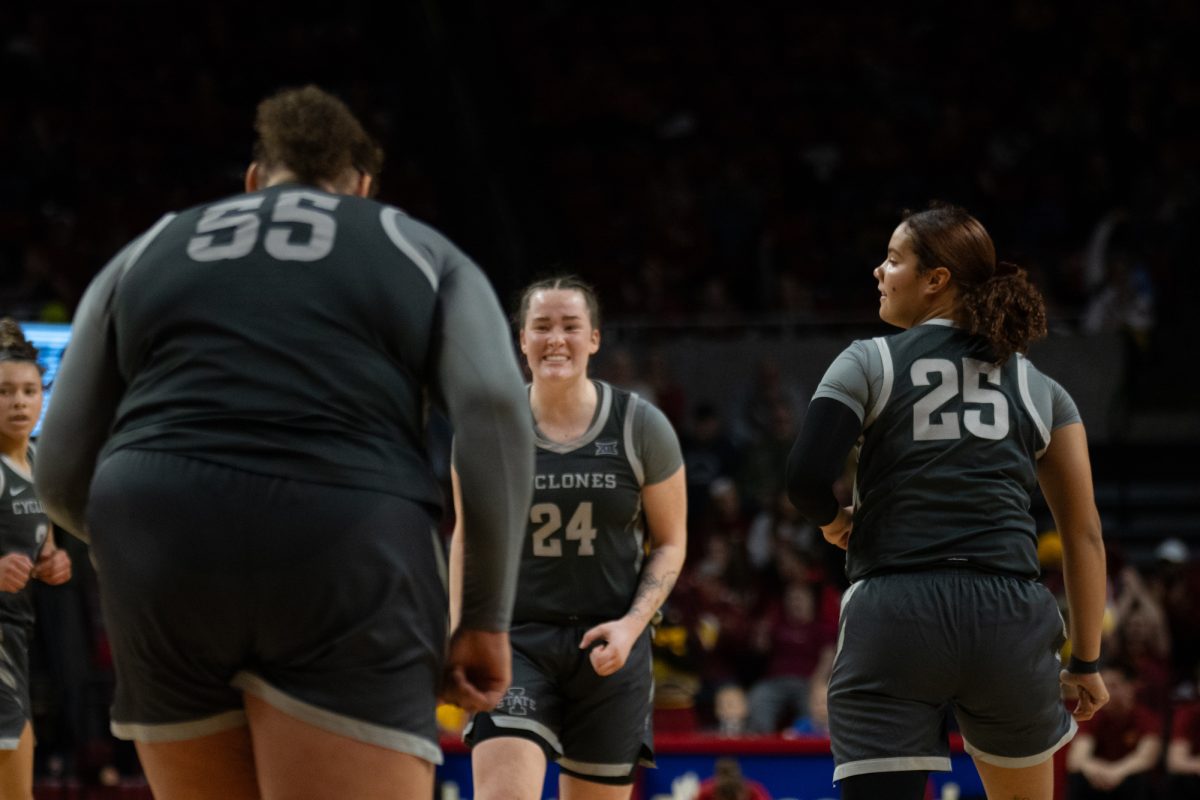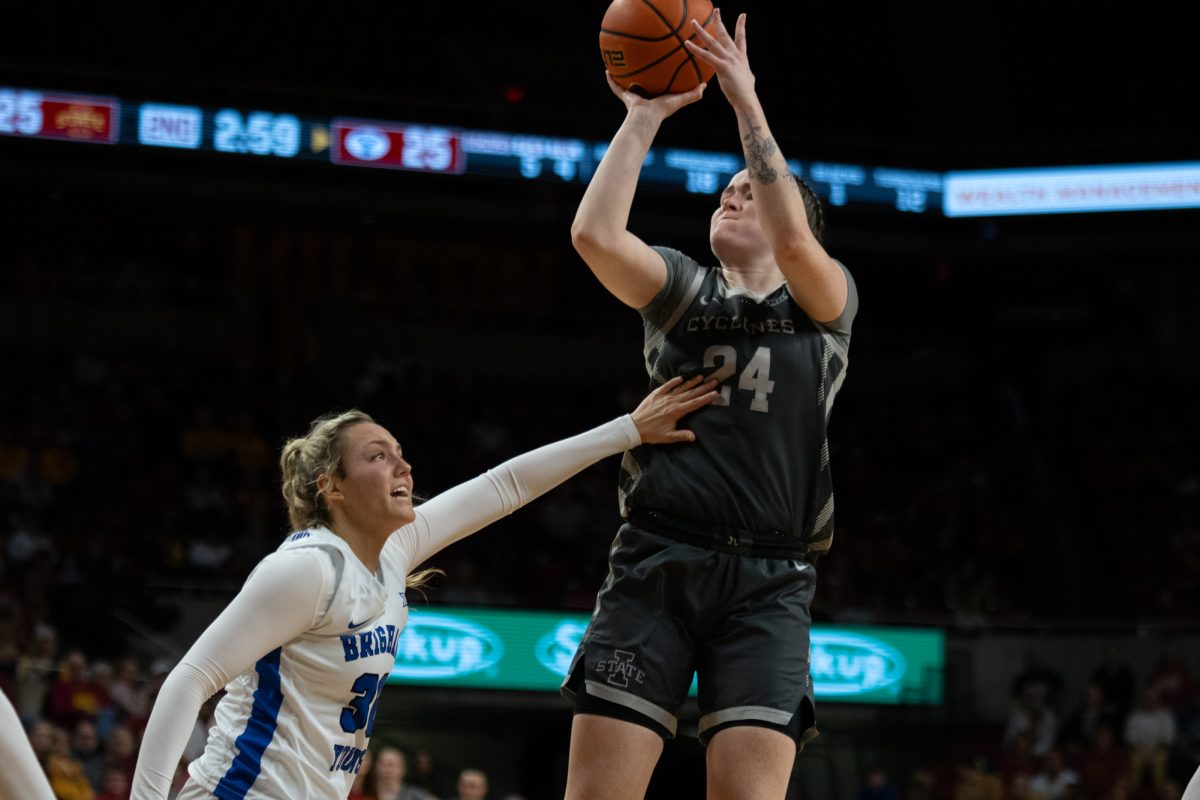N.L. Central no longer doormat of baseball
April 21, 1998
Since the creation of the additional Central Divisions in major league baseball, the National League Central has clearly stood out to be baseball’s most mediocre.
In 1997 the N.L. Central, comprised of the Chicago Cubs, St. Louis Cardinals, Houston Astros, Pittsburgh Pirates and Cincinnati Reds, finished with a combined record of 310-430 for a total winning percentage of .419. Houston, the strongest team and the year’s division champion, finished with a record of 84-78, a mere six games above the .500 mark. The Astros were easily the worst division champion of the six. Pittsburgh finished second in the division in 1997 with a record that was four games under .500. In other divisions, Pittsburgh would have finished no better than third and in some divisions would have been close to dead last.
From 1986 to 1994, with the possible exception of a quality Cincinnati Reds ballclub in 1994 and 1995, little in the N.L. Central changed. With few teams above .500 and marginal records winning the division, the Central has solidified its claim as the worst division in baseball since the league split divisions after the end of the 1993 season.
This year, however, the Central has come out of the gate quickly, with the addition of the Milwaukee Brewers. As of Tuesday, four of the six teams in the Central are over the .500 mark.
At 12-5, Milwaukee sports the second-best record in baseball while St. Louis (12-6) is tied for fourth in the majors. Overall, the Central has a division record of 51-48 and only two teams, Pittsburgh and Cincinnati, have losing records outside of the division. Furthermore, fourth-place Houston at 10-9 is good enough to be in second in three of the remaining five divisions.
Does this mean that the N.L. Central’s era of mediocrity is over?
It’s too early to tell whether the success of the division is credible or not, but there are some definite reasons we can point to certain ballclub’s success.
Milwaukee, predicted to finish in the lower half of the division, has surprised baseball fans by winning four consecutive games and are sitting atop the Central with a winning percentage of .705.
Milwaukee has been powered by Jeremy Burnitz’s .317 batting average and six homeruns. Burnitz has also recorded 19 RBIs in the season’s first 17 games, a remarkable pace.
Along with Burnitz, John Jaha is also a contributor to the Brewers’ success. Milwaukee started the season out 6-1 with Jaha, then fell to 7-4 while Jaha rode the bench with a strained left trapezius.
More surprising for Milwaukee, however, has been the surge of second baseman Fernando Vina early on this spring. Vina, a .278 lifetime hitter, has burst into the limelight with a .408 batting average, 13 runs scored and eight RBIs. Vina’s success has been as surprising as Milwaukee’s in the start of the season.
St. Louis, now second in the division, has performed well considering the injuries suffered to its pitching staff.
Matt Morris, Donovan Osborne and Alan Benes have all spent time on the disabled list this spring, but the Cardinal offense has answered the call. In the first 18 games of the season, the Redbirds are averaging 6.78 runs per game and are batting .297 as a team, which is the second best average in the league. Mark McGwire has been the focal point of the offense, hitting a league-leading eight homeruns and collecting 24 RBIs. With McGwire, the Cardinals have four regulars hitting over the .300 mark.
But the Chicago Cubs are probably the most unique of the NL Central teams.
Although traditionally dogged as being the icon of bad baseball, the Cubs have used some off-season acquisitions and farm system help to solidify themselves as a possible contender.
With the addition of Jeff Blauser at shortstop and Micki Morandini at second base, the Cubs’ middle infield in 1998 has the offensive punch it has lacked since Ryne Sandberg and Shawn Dunston held the positions.
In addition, Henry Rodriguez was acquired from Montreal. As a regular in the friendly confines of Wrigley Field, he has the opportunity to hit 30 homeruns and reach 100 RBIs before the season’s close. Add to that the health of Kevin Tapani and the young talent of Kerry Wood, and the Cubs add up to a serious ballclub.
It shows in their performance early on, too. The Cubs are 11-7 and only 1 1/2 games out of first place in the Central.
Houston, now fourth in the division with a 10-9 record, cannot be discounted either. Houston’s offensive bunch with Jeff Bagwell, Craig Biggio and Derek Bell is among the most potent threesomes in the majors, and their ability to win the division was proven last year. The great question will be whether or not they can survive the loss of their staff ace Darryl Kile to Colorado and whether or not Shane Reynolds is healthy and will return to his 1996 form of 16-10.
While it is still too early to claim that the National League Central has fully recovered from the recession that has plagued it from its creation, it is safe to say that in the past year the talent level in the division has risen considerably.
It is also safe to say that the division is headed for a power struggle and that the division title will go to the ballclub that will not buckle under the pressure of a three- or four-way pennant race in the fall.
Whatever the reason, the 1998 National League Central is far better than it has been in any of the previous years, and at the close of the regular season, could still be making its mark deep into the playoffs.
Aaron Senneff is a senior in computer engineering from Bettendorf.






